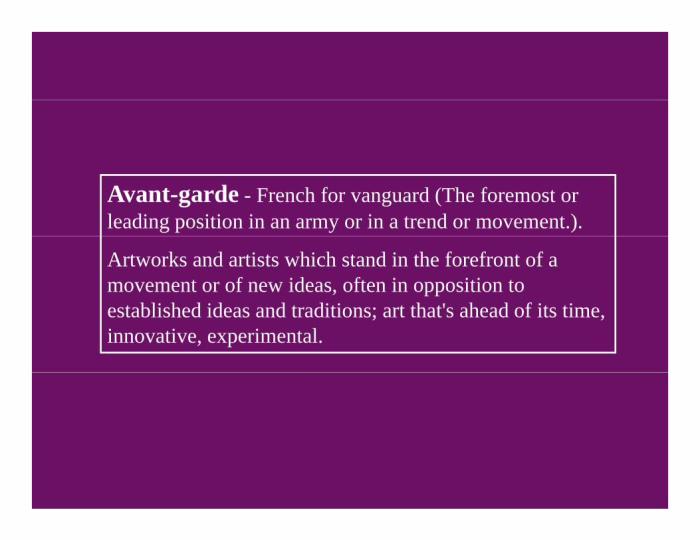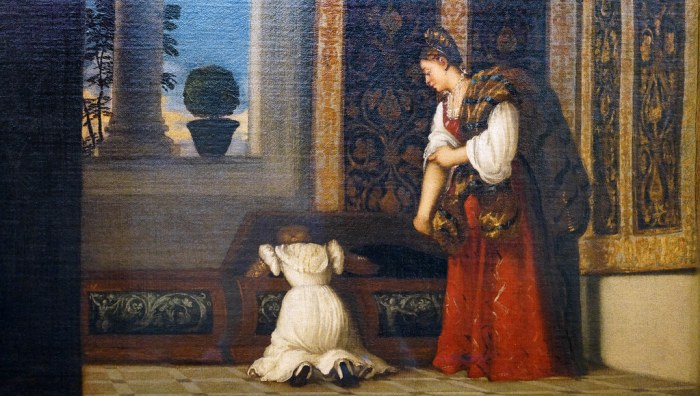Venus of urbino and olympia – Prepare to delve into the captivating world of art history as we embark on a comparative journey between two iconic masterpieces: Titian’s Venus of Urbino and Manet’s Olympia. These paintings, separated by centuries, share a profound connection that invites us to explore their similarities, differences, and lasting impact on the art world.
Their creators, Titian and Manet, hailed from distinct eras and artistic movements, yet their works converge in a dialogue that transcends time. Venus of Urbino, created in the 16th century, embodies the Renaissance ideal of female beauty, while Olympia, painted in the 19th century, challenges societal norms with its bold and confrontational portrayal of a courtesan.
Iconography and Symbolism

The Venus of Urbino and Olympia are both iconic paintings that are rich in iconography and symbolism. These symbols reflect the cultural and historical context of the time in which they were created and provide insight into the values and beliefs of the artists and their patrons.
The seductive poses of Titian’s Venus of Urbino and Manet’s Olympia have inspired countless interpretations, from art historians to filmmakers. The famous line from the movie Nell, ” Nature is the only real teacher “, resonates with the raw sensuality depicted in these masterpieces.
Like Nell’s journey to understand her surroundings, these paintings invite us to contemplate the beauty and complexity of the human form.
Venus of Urbino
The Venus of Urbino is a painting by Titian that depicts a young woman lying on a bed, gazing at the viewer. The painting is full of symbolism that refers to the goddess Venus, including the myrtle tree (a symbol of love), the dog (a symbol of fidelity), and the open book (a symbol of knowledge).
The painting also includes references to the Christian tradition, such as the white lily (a symbol of purity) and the red curtain (a symbol of the blood of Christ).
Olympia
Olympia is a painting by Édouard Manet that depicts a prostitute sitting on a bed, being attended by a maid. The painting is full of symbolism that refers to the social and economic conditions of the time, including the mirror (a symbol of vanity), the cat (a symbol of sexuality), and the black servant (a symbol of racial inequality).
The painting also includes references to the classical tradition, such as the pose of Olympia, which is based on the Venus de Milo.
Techniques and Artistic Styles

The Venus of Urbino and Olympia exhibit distinct techniques and artistic styles, reflecting the different artistic movements that influenced their creation.
Color and Brushwork, Venus of urbino and olympia
In the Venus of Urbino, Titian employs rich, vibrant colors, creating a harmonious and sensual atmosphere. His brushwork is soft and fluid, capturing the delicate textures of the Venus’s skin and the sumptuous fabrics surrounding her. In contrast, Manet’s Olympia uses a more muted color palette, dominated by earthy tones and grays.
His brushwork is bolder and more expressive, conveying a sense of tension and ambiguity.
Perspective
Titian utilizes linear perspective in the Venus of Urbino, creating a sense of depth and spatial recession. The viewer’s eye is drawn towards the Venus, who occupies the foreground, while the background recedes into the distance. In Olympia, Manet employs a flattened perspective, which emphasizes the two-dimensional nature of the canvas and creates a sense of intimacy between the viewer and the subject.
Artistic Influences
The Venus of Urbino draws inspiration from the Venetian School of painting, known for its use of rich colors and sensual imagery. Titian was influenced by Giorgione and other Venetian masters, whose works celebrated the beauty and sensuality of the female form.
Olympia, on the other hand, reflects the influence of Realism, a movement that sought to depict everyday life and contemporary subjects. Manet was inspired by the works of Gustave Courbet and other Realist painters, who challenged traditional academic conventions and explored themes of social commentary.
Historical Context and Legacy: Venus Of Urbino And Olympia

The Venus of Urbino and Olympia were created during periods of significant social and cultural change. The Venus of Urbino emerged during the Italian Renaissance, a time of renewed interest in classical art and humanism. Olympia, on the other hand, was painted during the French Impressionist movement, which emphasized the depiction of everyday life and the use of light and color.
Both paintings reflect the influence of their respective eras. The Venus of Urbino’s idealized female form and classical setting embody the Renaissance fascination with ancient Greece and Rome. Olympia’s frank portrayal of a nude woman in a modern setting reflects the Impressionists’ interest in capturing the fleeting moment and breaking with traditional artistic conventions.
Legacy
The Venus of Urbino and Olympia have had a lasting impact on art history. The Venus of Urbino became a model for later depictions of the female nude, while Olympia sparked controversy and debate about the role of art in society.
Both paintings continue to be admired and studied for their technical brilliance and their insights into the human condition.
User Queries
What is the main difference between Venus of Urbino and Olympia?
Venus of Urbino depicts an idealized female figure in a domestic setting, while Olympia portrays a confrontational and provocative courtesan.
How did the historical context influence the creation of these paintings?
Venus of Urbino reflects the Renaissance emphasis on classical beauty and female modesty, while Olympia emerged amidst the social and artistic upheavals of the 19th century.
What is the significance of the symbolism used in both paintings?
Venus of Urbino employs traditional symbols of love and fertility, while Olympia incorporates elements that challenge societal norms and allude to the artist’s own personal experiences.
